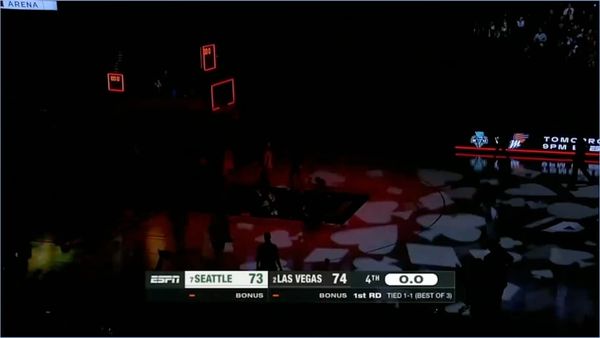Data centers and gaming define Nvidia. But the chip giant has invested heavily in autonomous driving assets, building a broadening ecosystem of products and partners.
In the past year, Nvidia's pipeline of automotive deals jumped by 38% to $11 billion, it revealed during the GTC conference in March.
The chip giant generated $566 million from automotive sales in the fiscal year ended Jan. 30. So its pipeline, covering demand from 25 automakers over the next six years, suggests highly autonomous vehicles will outlive the chip shortage.
At the virtual GTC conference, Nvidia made several announcements tied to autonomous vehicles, or AVs. Headlining those were key customer wins.
It also unveiled the next generation of its Drive AV platform and a mapping platform for self-driving cars. Here's a closer look at each.
Autonomous Driving Wins: Nio, BYD, Lucid
At GTC, Nvidia announced BYD and Lucid Group as new customers for its AV chips. The first BYD vehicles based on Nvidia's Drive will arrive in early 2023.
Last year, the Lucid Air bested the longest-range Tesla car. This month, China auto giant BYD shifted its entire production to electric vehicles, sharpening its challenge to Tesla. Tesla reportedly abandoned Nvidia a few years ago to make its own AV chips.
Besides BYD, Chinese EV startups Nio, Xpeng Motors and Li Auto use Nvidia systems-on-a-chip (SoCs) for new and upcoming vehicles. Those EVs include Nio's ET7 and ET5 electric cars, Xpeng's G9 SUV and Li Auto's L9 SUV.
They all use Nvidia's Orin, which serves as the central computer for intelligent vehicles.
Nio's ET7 uses four Orin SoCs. Each Orin SoC delivers more than 250 trillion operations per second, enabling a range of semi-autonomous and advanced driving assistance features.
Chip and auto giants continue to make progress on self-driving cars. Still, many hurdles remain for fleets of fully autonomous vehicles to become practical.
Nvidia Stock, EV Stocks
Shares of Nvidia fell 1.9% on the stock market today. Tesla rose more than 1% as it works on an 1,152.97 buy point in a cup-shaped base . BYD lost 0.1% and Lucid shed 1.9%.
Both Tesla and Nvidia stock are on IBD Leaderboard, a curated list of leading stocks based on the CAN SLIM investing strategy.
Next-Gen Platform For Autonomous Vehicles
At GTC in March, Nvidia announced Hyperion 9, the next generation of its Drive AV platform. The system will launch in autonomous driving vehicles shipping in 2026.
The Hyperion 9 will feature the Atlan SoC, which doubles the performance of current Orin architecture.
Its sensor suite includes 14 cameras, nine radars, three lidars and 20 ultrasonic sensors. Cars driving by themselves, with no human driver behind the wheel, use those sensors to "see" and navigate the world around them.
Together, Hyperion and Orin serve "as the central nervous system and AI brain" for new vehicles, Nvidia says.
Mapping Platform For Self-Driving Cars
Alongside a new AV platform, Nvidia launched a new mapping system. The Drive Map platform will cover major highways in North America, Europe and Asia by end of 2024, the company said.
The data from autonomous vehicles is uploaded to the cloud as they drive. It's then moved to the Omniverse, Nvidia's platform built for virtual collaboration, training and simulation.
The mapping platform allows developers to test AVs in "digital twin" environments before deployment in the real world, Nvidia said.
Find Aparna Narayanan on Twitter at @IBD_Aparna.







